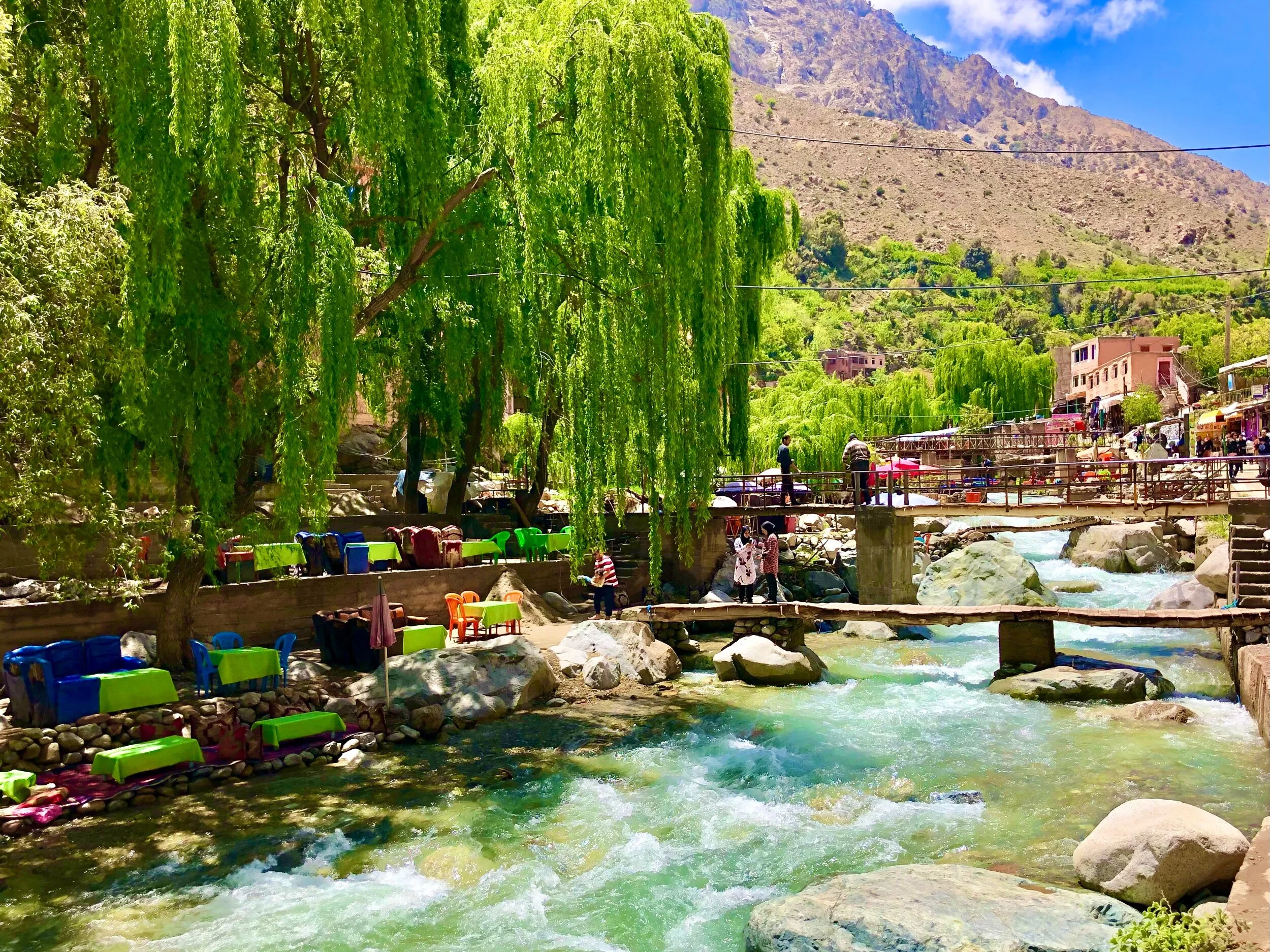International Phone Plans, Local SIM's, or VOIP Calling - What's better?
How We Felt 2 Weeks into Our Endless Travels
First World problems and all of that, the reality is that sometimes we miss having cell service. We live in an amazing age of smartphones and free high speed WiFi. It makes travel so much easier! But it also makes us very dependent on instant communication and directions at our fingertips.
So far we haven't had to get a local sim card for a data plan. We have unlocked phones just in case, but we've been making do with free wi-fi at restaurants, cafes, and airports. It's made checking into AirBnB's or calling an uber a little more challenging, but we've been doing okay. Many airports have free WiFi if you sign up and give them your name and email address. We also have a Priority Pass through our Chase Sapphire Reserve card, so we're able to go to lounges and use the WiFi provided.
Back home, we rarely used our phones to call but we did use it a lot for driving directions and traffic updates–especially in Orlando near I-4! When we check into our AirBnB's our hosts have been telling us to call them if we have any questions or need help. When we let them know that we don't have a local number and can only contact while on WiFi, they've seemed surprised. I guess a lot of people must get a local plan when they're traveling.
A Few Months Later…
After a few months in, we ended up getting our first local sim card in Italy. Pre-paid plans have been fairly reasonable, and some plans have sign-up bonuses which include additional free data. It is definitely doable to travel without a local sim card – people were traveling the world long before GPS or smartphones were around. We ended up needing the data to help with our business, but have enjoyed the ease of using it navigate each new city we visit.
Our Tips After a Few Years Traveling Endlessly
TIP 1: Unlocked Phone
Simply make sure that you ask to have your phone fully unlocked when you buy it, or request it to become unlocked by calling your phone company and letting them know that you'll be traveling for a long time, so that you can take advantage of the ability to use local SIM cards while in foreign countries. Just about every serious traveler does this - or has an international SIM card.
Tip 2: Buy a new SIM card when you arrive in each new country/region
An international phone plan can cost $10 per day ($70/week, $140 for two weeks, and $300/month) - assuming that you don’t get hit with any roaming charges. Plus there can be a lot of limits! However, for $10-$50, you can get a SIM card with plenty of data when you arrive that can last for an entire month! This can save you a ton of money over an international plan - especially if you travel frequently.
TIP 3: Set up a Google Voice account
With a new SIM, you’ll end up with a “temporary” new phone number when you call out (you can put your old SIM from back home into your phone at any time to switch back), but here’s the trick: Set up a Google Voice number as your primary number at home and while overseas. Google voice will forward calls to any number that you want. So, while at home or overseas, you could forward all of your calls (from either number) to your Google Voice number and your phone will ring.
TIP 4: Download an Offline Google Map of your Location before you arrive
Every airport that we’ve been to has a place where you can buy a SIM card. However, if you are worried that you won’t be able to get where you want to go, you can download “Google Offline Maps” before you leave home. This will allow you to use your GPS even when you have no data or internet!
There are also some countries where you must verify your email prior to gaining access to the free WiFi as well, but that’s impossible to do if you don’t already have a way to receive an email because you don’t yet have the WiFi that is necessary to receive that email! It’s so frustrating! Google Offline Maps can help you out in these situations as you won't need the WiFi.
TIP 5: Buy a Phone with an Amazing Camera
One such recommendation would be to have a phone that has a good enough camera that it could replace your actual camera. Seriously, if you're getting a new phone anyway why not get one that can decrease the amount of gear that you'll be carrying around? Here are some of our recommendations.
TIP 6: If you need to keep your number
If you need to retain a specific number for calls, texts, and/or 2-Factor Authentication (2FA) text messages, consider switching to a call and text (no data) plan.
You can still receive calls/texts, including the 2FA texts, when connected to WiFi, even without data.
If you're not near a wifi, you could use a mobile hotspot, or another phone with a local SIM as a hotspot, to be able to receive calls and text messages.
This could save you hundreds of dollars per year over an international data plan.
TIP 7: Remember eSIM
Some carriers offer eSIM. If you're still using a physical SIM card and you lose your phone, you can contact the carrier to get your number moved onto a replacement phone that accepts eSIMs in a few minutes.
What do you do when you travel? Let us know in the comments!
Thank you VERY much for reading our article. We actually created this website to help people reach financial independence. Did you know that by having a remote job and traveling endlessly, or living in a country that has low costs of living, you can actually reach retirement quicker? Plus, retirement abroad is up to 75 percent cheaper as well! Learn more by exploring our website: EatWanderExplore and REmotiFIRE.
See our Thank You page to sign up for our free weekly newsletter - you’ll receive only 1 email per week letting you know about our latest travel articles, remote-work life, and amazingly affordable destinations!
Found this post useful? Buy us a coffee to help support this site’s running costs OR share this article with a friend.
















